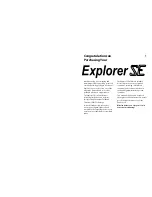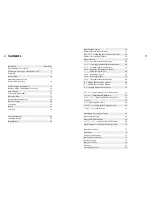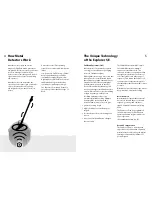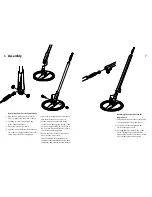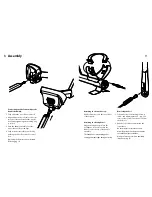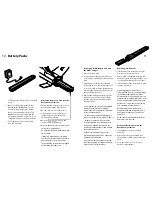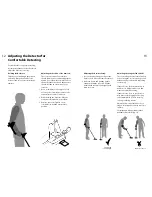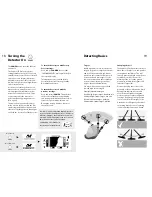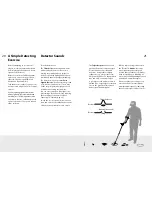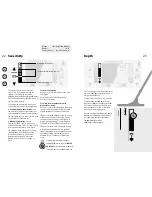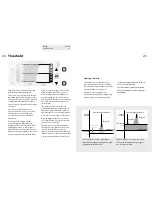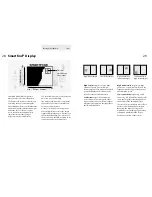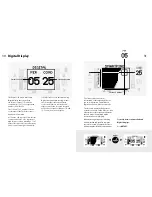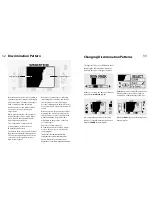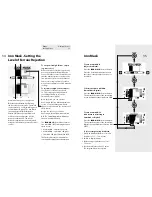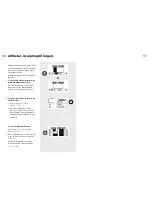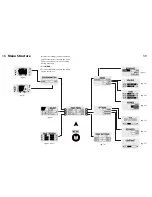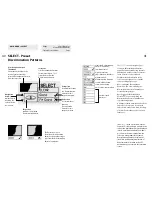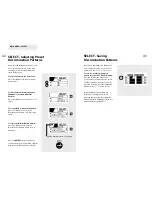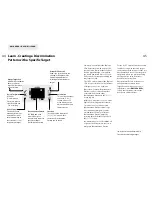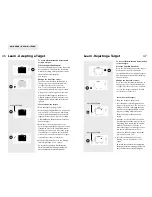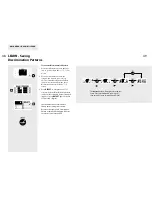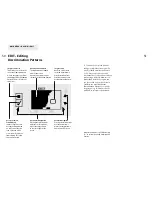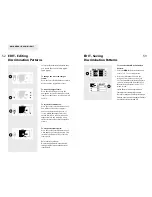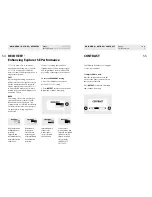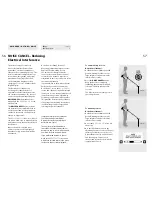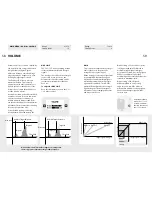
28
29
Smartfind™ Display
High-ferrous
targets contain a large
amount of iron (e.g. nails). A high-
ferrous target is often magnetic and will
generally display the Crosshair on the
left side of the Smartfind window.
Low-ferrous
targets have little or no
iron content, such as pure gold, silver,
copper and bronze. Low-ferrous targets
will generally appear on the right side of
the Smartfind window.
high
low
high
low
Size
/C
onduc
tivit
y
Crosshair
representing a
target signal
High-ferrous target
Low-ferrous target
High-conductivity,
low-ferrous target
Low-conductivity,
high-ferrous target
Smartfind is Minelab’s unique two
dimensional scale of discrimination.
The Explorer SE rates detected objects
according to their conductivity (like
most traditional detectors). What makes
two dimensional discrimination unique
is that the object’s ferrous content
is also rated. Smartfind graphically
represents both of these target
properties on the same display.
High-conductivity
targets (e.g. large
silver coins, copper items) will cause the
Target Crosshair to appear at the top of
the Smartfind screen.
Low-conductivity
targets (e.g. small
alloy coins, foil, 9ct and fine jewelry) will
cause the Target Crosshair to appear at
the bottom of the Smartfind screen.
The size of objects will have some effect
on the conductivity rating for targets.
Generally, the larger the target, the
higher the corresponding conductivity
rating (and proximity of the Target
Crosshair to the top of the screen).
Ferrous Content
Factory Preset Pattern:
Coins
The vertical dimension (or axis) rates the
object on size/conductivity.
The horizontal dimension (or axis) rates
the extent of the object’s resemblance
to ferrous characteristics.
As the coil is passed over a target, the
detector digitally processes the target
signal and displays this as a Crosshair on
the Smartfind window. The position of
the Crosshair on the LCD is related to its
conductive and ferrous properties.
Summary of Contents for Explorer SE
Page 1: ......

